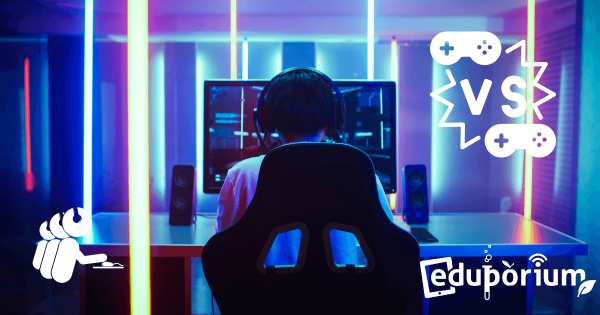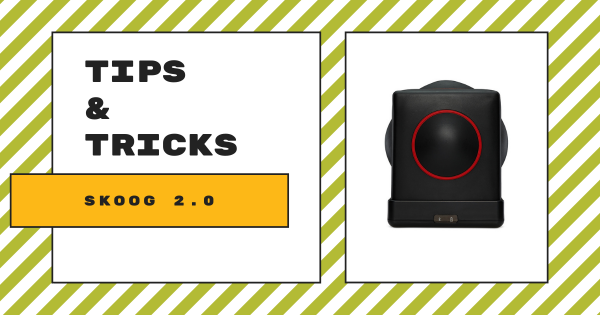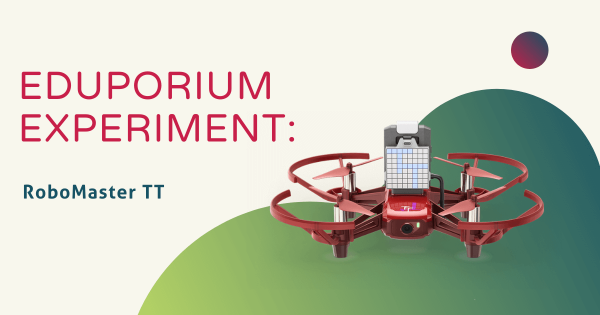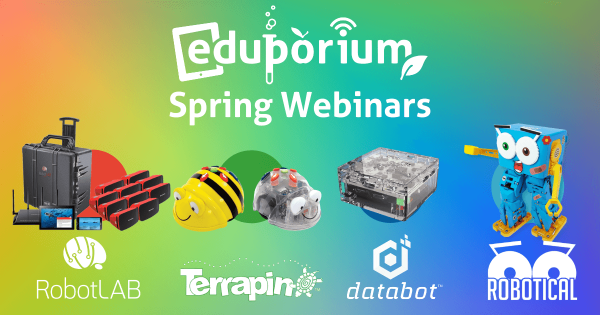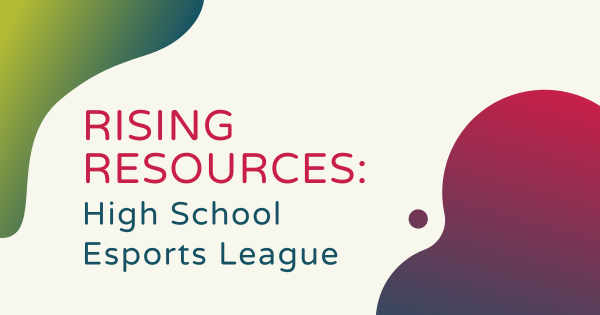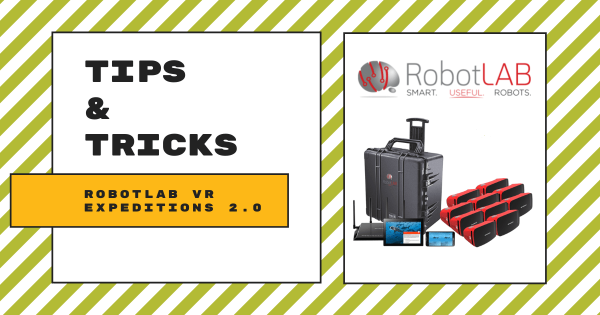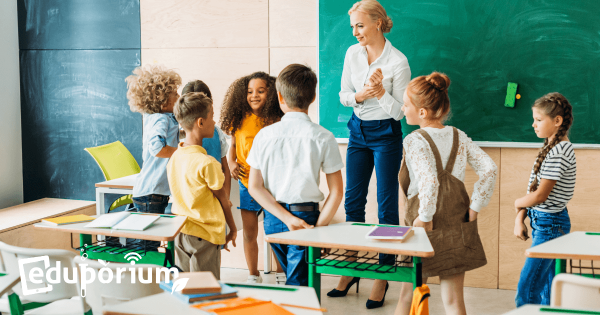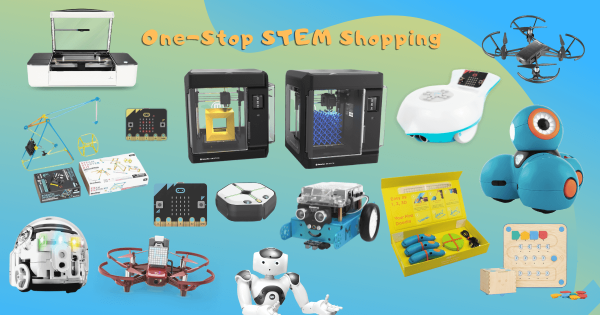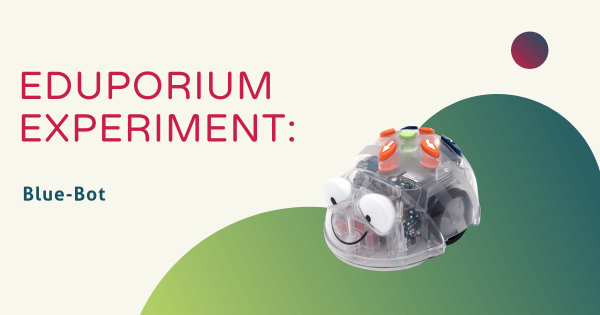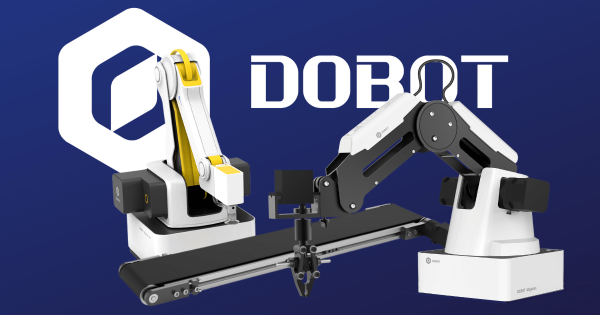Just as they would participate in traditional school sports, like football and basketball, establishing school esports programs has become much more common with students even leading the charges in many cases. Similar to receiving athletic scholarships to play sports in college, students can now also do the same with esports—just one of the benefits it provides.
Andy Larmand
-
Tips & Tricks | Skoog Instrument 2.0
The Skoog 2.0 is a tactile device that students can utilize to create sounds and music based on how they touch the various sides of this cube-shaped structure. It’s soft and even somewhat squishy, mimicking the top side of a drum with its unique texture but the Skoog 2.0 helps K–12 music teachers create learning experiences that are equally fun -
Eduporium Experiment | The DJI RoboMaster TT Drone
Ready to fly into STEAM classrooms as the next huge thing in educational drones, the RoboMaster TT packs a pretty big punch. Kids can program it in a variety of coding languages and it comes with additional tech features that help to make it valuable throughout middle, high school, and even up into higher education. So, let’s take a look -
Robotics, Coding, And VR: Our 2022 Webinar Replays
Throughout 2022, we’ve hosted an Eduporium webinar series and focused on some of the newer technologies we offer. In this series, we collaborated with a few of our manufacturer partners, who each certainly shared helpful insights on their classroom tech solutions. Head inside to learn more about four of our newer teacher tools for advancing STEM learning opportunities. -
Rising Resources | High School Esports League
So much goes into creating a school esports program, especially if you are trying to quickly start competing against other teams. If you’re interested in jumping in to interscholastic gaming competitions as opposed to students just playing with their classmates, the High School Esports League serves as a great resource for athletic directors, tech directors, and even coaches. -
Tips & Tricks | The RobotLAB VR Expeditions 2.0 Kits
Though modeled after the Google Expeditions system, the Expeditions 2.0 VR kits feature new technical and instructional upgrades as the RobotLAB team designed them based on the feedback from thousands of educators. Plus, among the 700 Expeditions 2.0 field trips, teachers can find relevant content that aligns with their lesson plans, which we’ll explore more inside. -
STEAM Activities For Students With Different Learning Styles
Today’s four most common learning styles include visual learning, auditory learning, kinesthetic learning, and, finally, reading and writing. Almost all of our students fall into one of these categories and, as you may guess, since it combines hands-on exploring with solving problems, kinesthetic learning is the one that’s most often associated with hands-on STEM education. -
Where To Buy STEM Tools For Innovative Learning
With real improvements to availability, value, reliability, and effectiveness in today’s STEM tools for students, it might be easy to make purchases from the first store you find. Over the years, however, we like to think that we’ve created a very unique shopping experience for teachers and want to make sure you’re aware of the benefits of buying EdTech tools -
Eduporium Experiment | Blue-Bot And The Blue-Bot App
Designed to closely resemble the tried-and-true Bee–Bot coding robot, the Blue–Bot Robot from Terrapin provides ECE teachers and students with an upgraded learning experience. It’s still simplistic enough for kids to use as part of Pre–K, kindergarten, and early elementary lessons but also features added Bluetooth functionality to ensure for progressive skills development. -
Get To Know The Dobot Software And Educational Robot Arms
Consisting of robot arms, AI kits, and accessories, these technologies help inject additional real-world relevance and rigor into your high school STEM and CTE programs. From the Dobot Magician and AI kits to their conveyor belts and sliding rail accessories, students can truly get a feel for the world of automation, simulate AI experiences, and program robotic behaviors.



